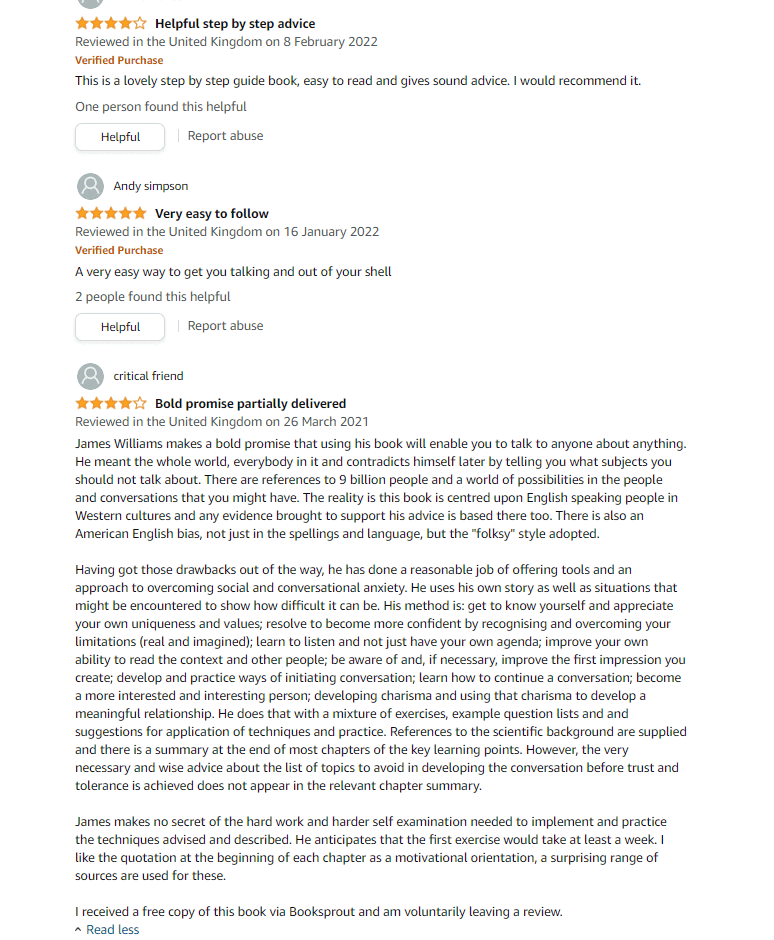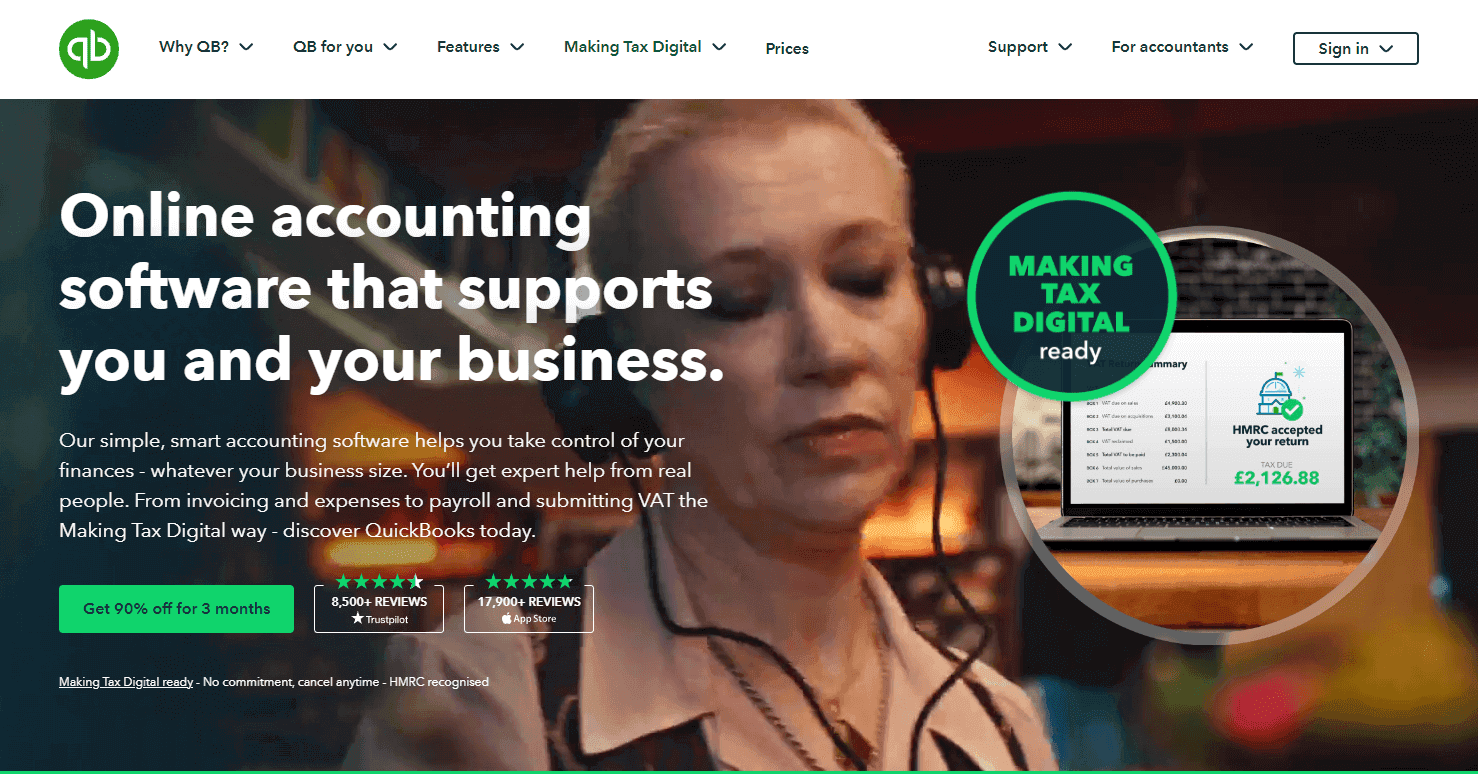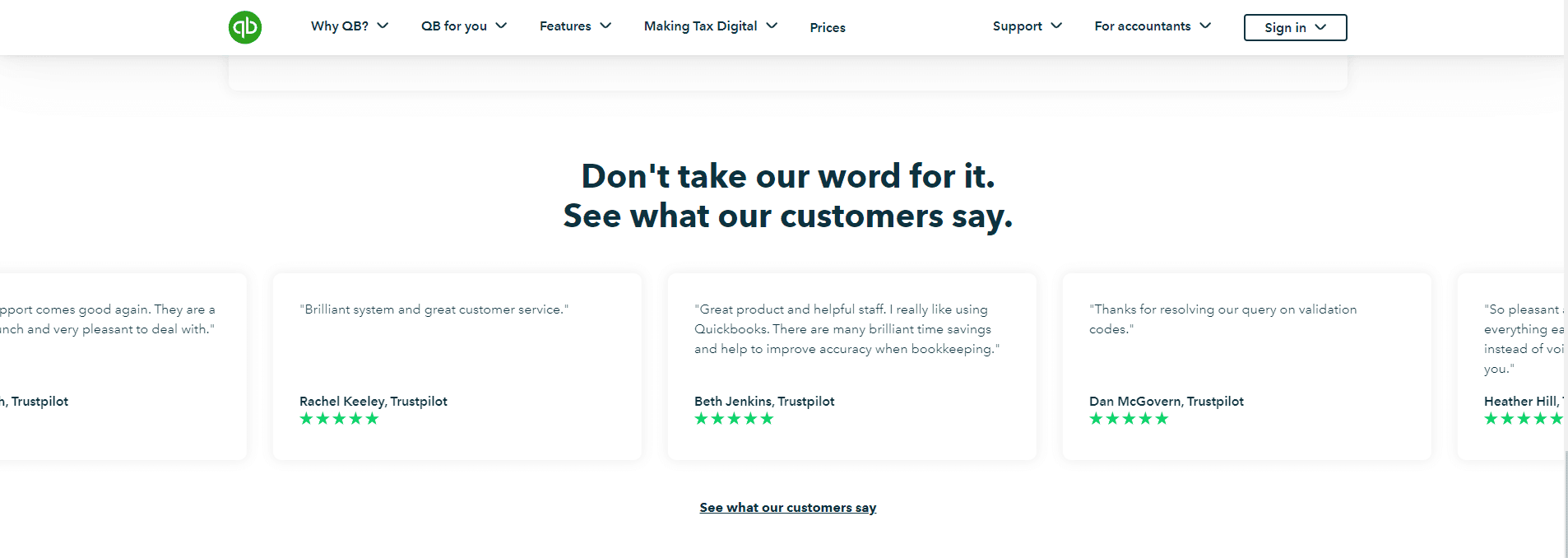Testimonial vs. review — Is there a difference?

Let’s talk about this. We all know that customer feedback is absolutely essential these days, both for businesses and customers.
What are you doing first when you’re at home shopping on Amazon and just casually browsing the products?
You’re looking at the ratings.
Nobody is going to buy a one or two-star-rated product. Nobody will even look twice at such a product. But here’s the thing, how can you tell whether feedback on a product or service is authentic and represents the reality of the experience, or whether the content comes from the business and is trying to sell you something?
Ultimately, how do you know whether you’re spending your money on a product that will bring value to your life or rips you off?
This is where the difference between testimonials and reviews comes in. While so many of us, myself included, use these terms interchangeably, there are actually two different forms of feedback. Understanding the difference between the two can help you so much in the long run and will help you understand where feedback content comes from, who’s written it, and what the motivation behind it is.
Let’s get straight into this.
What’s the difference between testimonials and reviews?
| Testimonials | Reviews |
|---|---|
| Customers give their feedback directly to the company they did business with. | Customers give their feedback to a third-party review provider or via word of mouth. |
| Are always positive. | Can be positive, neutral, or negative. |
| A detail-rich, but not necessarily longer case study of a customer’s experience with a product, usually describing a before and after experience with the product or service. | Usually provides a brief insight into a customer’s experience. |
| Content can be delivered in any format, including photos, text, or video. | Reviews, for brevity, generally come with an overall star rating and written in text, rarely video or audio, sometimes with a user-generated picture. |
| Content can be used on a company’s website and other forms of promotional content. | The content is not usually posted on the business’s website but typically on another service. |
The difference between reviews and testimonials is quite simple.
A testimonial is a type of feedback that a business has gathered from people. It’s content the business has asked for and, in some cases, has commissioned from others. A business has complete control over what testimonials they share, showcase, display, and how it’s acquired.
Reviews, on the other hand, account for feedback left by a third party and have no connection with the business. The business has no access to the content being shared nor any control over it. Reviews are typically posted outside the business’s range of control, such as being posted on a third-party website or platform.
This is interesting. Even just understanding these slight differences can open the door to how businesses have been marketing themselves and their products. Before diving into this, here’s a quick deep dive into the characteristic differences between reviews and testimonials.
The truth behind testimonials
I think most consumers these days are pretty aware that if you read the feedback for a product listed on the website of the company they’re buying from, it’s clearly been chosen to be there for a reason and will generally favor the company.
No business will post a negative review on themselves. Yet without really thinking about it, these testimonials still influence our decisions. Take a look at this example from the UK-based Gousto meal boxes service.

That’s a lovely review at the bottom from Joe Wicks, and it clearly shines the product in a positive light.
However, with a quick bit of research, we find that Joe Wicks is a popular fitness & nutrition coach with multiple best-selling cookbooks, over 4.5 million followers on Instagram, and has branded meal options and recipes with Gousto themselves.
I’m not here to say this is a bad thing, nor has the company done anything off-the-books. The chances are that Gousto has a partnership with Joe, and he uses and promotes the products, and Gousto gets access to his audience.
It’s promotional business marketing 101, and that’s fine.
It’s evident, in this example, that this is the case.
But it’s not always, and it pays to be aware that any kind of feedback content you see on a business’s website that has been published by the business is a testimonial and will have been managed by the company themselves.
Again, there’s nothing wrong with this. In the case of Gousto, Joe Wicks is a very popular influencer, and people enjoy his products and advice. He wouldn’t be that successful if he wasn’t good at what he does, but some companies out there can be misleading.
For example, take a look at this Amazon review page for a popular social communications book.

When you’re on Amazon, you feel like these are all reviews because the customers are using the third-party site to leave their feedback, but in this case, it’s not entirely true. Can you see the highlight?
That’s it, right at the bottom.
I received a free copy of this book via Booksprout and am voluntarily leaving a review.
This is actually a testimonial because the author gave the reader a free copy in return for them taking the time to write about what they thought. In true testimonial fashion, you’ll also see that this testimonial is far longer than the genuine reviews above it.
This is the kind of testimonial/review difference you should be aware of.
To round things up, here are some quick-fire facts about testimonials that should summarize what I’m getting at.
- It’s illegal for companies to make up testimonials. If a company is caught, it can face fines, fees, and even jail.
- Testimonials cannot be misleading or exaggerate the truth. This is classed as false advertising.
- Companies cannot tell customers or users what to say in their testimonials. This is legislation by the FTC (Federal Trade Commission) that states the feedback must reflect the honest opinions, findings, beliefs, or experience of the endorser” (FTC 16 CFR Part 255)
- Companies can ask for testimonials (in fact, this is the best way to acquire them), and as long as a customer is happy to share it, it’s fair game.
- Companies can pay or give away free products in return for a testimonial. However, this must be disclosed by the company where the testimonial is being displayed. When a company emails you and says give us your feedback, and we’ll give you a 5% discount off your next order, this is them gathering testimonials, not reviews.
- A company cannot generally use reviews as testimonials. This means they can’t take a Google or Amazon review of their product and put that feedback on the front page of their website. This is technically classed as copyright infringement since the content belongs to Google, Amazon, or wherever the content came from.
That being said, this is an excellent place to transition over to the review side of things.
How reviews work today
Many businesses are getting around the fact that they can’t just copy and paste reviews onto their websites but use other methods, and these methods have made it so much easier for customers to find legitimate companies to do business with.
Take a look at the homepage for QuickBooks, a popular accounting and budgeting application.

As you can see right next to the 90% promo button, the reviews are still placed on the website’s homepage, but they have been integrated from trusted websites and review platforms like the Apple App Store and Trustpilot.
This has been a fantastic way to bring reviews onto a website, and it clearly helps to show consumers what kind of experience a business can offer. This is because you know the company has tampered with the reviews because they have no control over who goes to Truspilot and leaves a review, nor what they say.
The fact you can also click through each review platform directly is a bonus, and if you scroll down the page further, you’ll find this section:

Which is just another fantastic way to bring reviews onto the website.
Of course, Trustpilot is a popular platform, but there are tons of services that offer this kind of third-party feedback, including;
- Amazon
- Yelp
- TripAdvisor
- Which?
- G2
And so many more.
No, the lines are being blurred, and it’s worth being aware of this.
There are many businesses out there that offer an incentive for customers to go and leave reviews on websites like Trustpilot. For example, content writing app Jasper.Ai offers free credits to their service in return for a Trustpilot review.
While this borders on testimonial, Trustpilot monitors and analyzes every review posted on their site to ensure it’s a quality and well-rounded review, meaning plenty of reviews are rejected, and only genuine ones are posted. The content is also still posted on Trustpilot’s website, over which Jasper has no control.
It’s merely an incentivized review.
Be a knowledgeable consumer
Bringing everything together, you should start to clearly see why it’s so important to know the difference between reviews and testimonials, both as a business and as a customer.
Personally, it’s been an amazing transition to have both testimonials and reviews appear the way. It helps to keep everything authentic and above board. There have certainly been eras of the internet where companies would simply falsify reviews to make themselves look better, and this is a far better approach for everyone involved.
While I’m sure many of these falsifying companies aren’t around these days, there will still be ways people will try and get money out of your pocket, and using reviews and testimonials in their favor is one of them.
To summarize everything and to give you an actionable takeaway, the best thing you can do is be mindful when making purchases and to do your research. Take a look at both the testimonials and reviews for a product you’re thinking about buying and see what the overall general consensus is. Are the pros of a product the same in both? Is the feedback consistent?
Also, remember that reviews are not always 100% reliable.
By this, I mean that the standards of what you would call one or five stars may be very different from someone else’s. That’s why testimonials don’t work on their own either. You don’t know the person personally, nor know what their standards are or what their motives are. Same with reviews. Someone might receive a sub-par product, but because they’re having a bad day, they take to the internet to vent their frustrations, making the review overly negative when it didn’t need to be. You can never be sure.
This is why to be a knowledgeable consumer, you want to be mindful with your purchases and take as much information as you can before making a decision. Both reviews and testimonials are powerful marketing tools that benefit both businesses and customers, and now that you understand the power behind them, you can use it to your advantage.
Frequently asked questions
Are testimonials and reviews the same?
No. Reviews are typically posted to a third-party review provider and can be positive or negative. Testimonials, on the other hand, are always positive, and customers give their feedback directly to the company they did business with.
Can I use reviews as testimonials on my website?
No. Unless you have permission, that would likely violate copyright law since the content belongs to the third-party review provider (e.g., Google, Amazon).
Are testimonials positive or negative?
Testimonials are always written in a positive manner and used for promotional intent. It's an advertising method in which someone gives praising feedback about a service or product.
